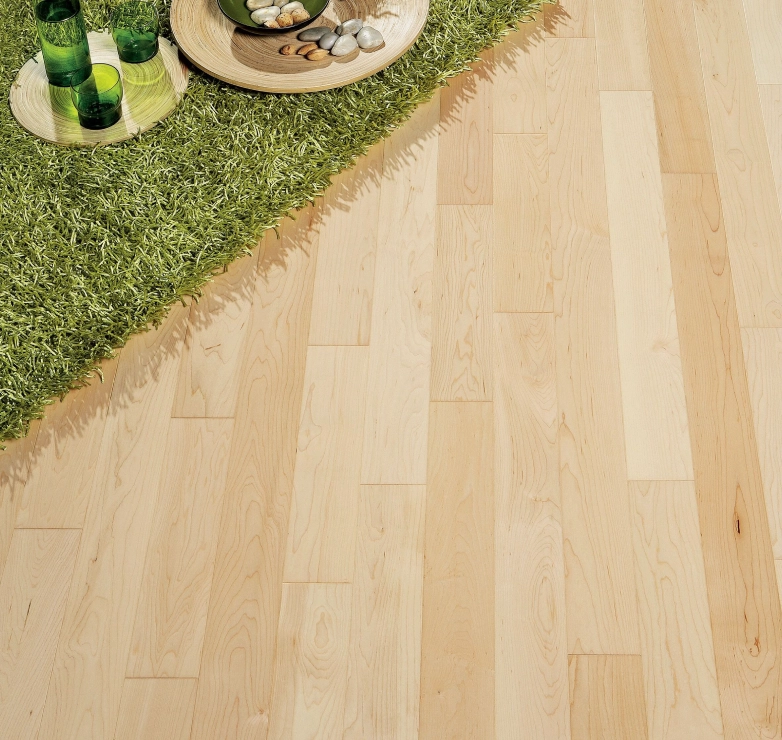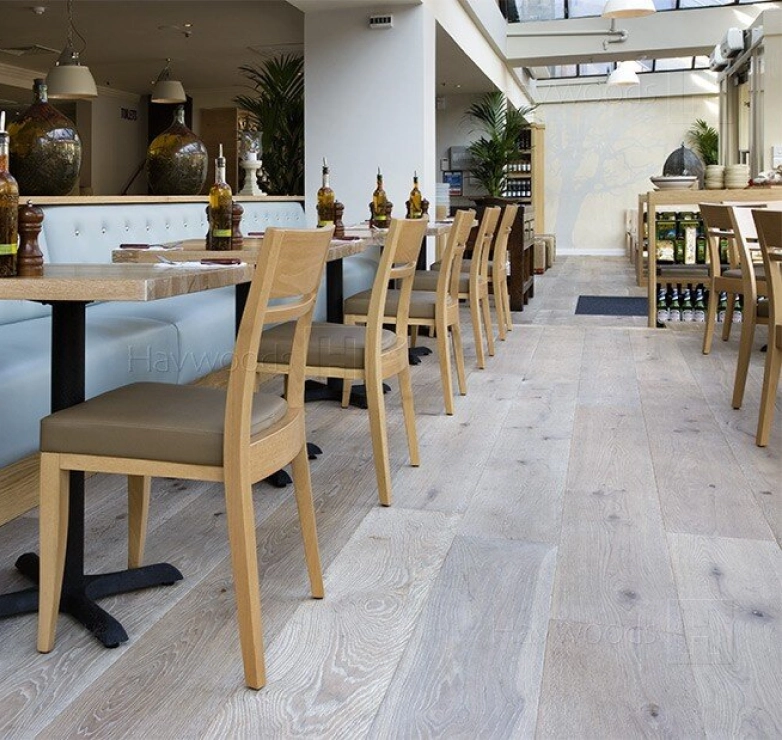However, there are a number of cases where refinishing your floors may not be an option.
The first instance would be, if you have already refinished your flooring a handful of times and reached your maximum quota for doing so, which means that you will start to see the grooves in the planks and nails if you continue to sand it down.
Another occasion where refinishing is not the most suitable option is where there is structural damage rather than purely surface wear and tear.
This could be caused by termites, mould or excessive water damage and is usually indicated by one or more of the following; creaky floorboards, soft spots, sagging or unevenness as well as superficial signs, such as discolouring or cracks/dents.
In order to combat these kinds of problems, which are most commonly found when purchasing older, period homes, the flooring will need to be removed so that you can take a closer look.
Furthermore, if there is any kind of movement in the floorboards then refinishing them would do more harm than good, causing bigger gaps and an unsightly mess.
Again, in this situation, you will need to consider replacing the flooring instead.
Sometimes, however, it’s not the condition of the flooring that means it’s time for a new one. The biggest cause for homeowners to purchase new hardwood floors is purely for aesthetic reasons.
In a 2018 survey, it was revealed that one in four millennials would choose to improve their existing home rather than move, and this has become the increasingly popular option as the property market becomes more and more challenging.
With that being said, renovating (or remodelling) is a great way to update a property and often means adding extensions and changing colour palettes and interior themes.
As a result, the current hardwood flooring in the property may no longer be the right fit for this new look so they get replaced with a different colour or style.



